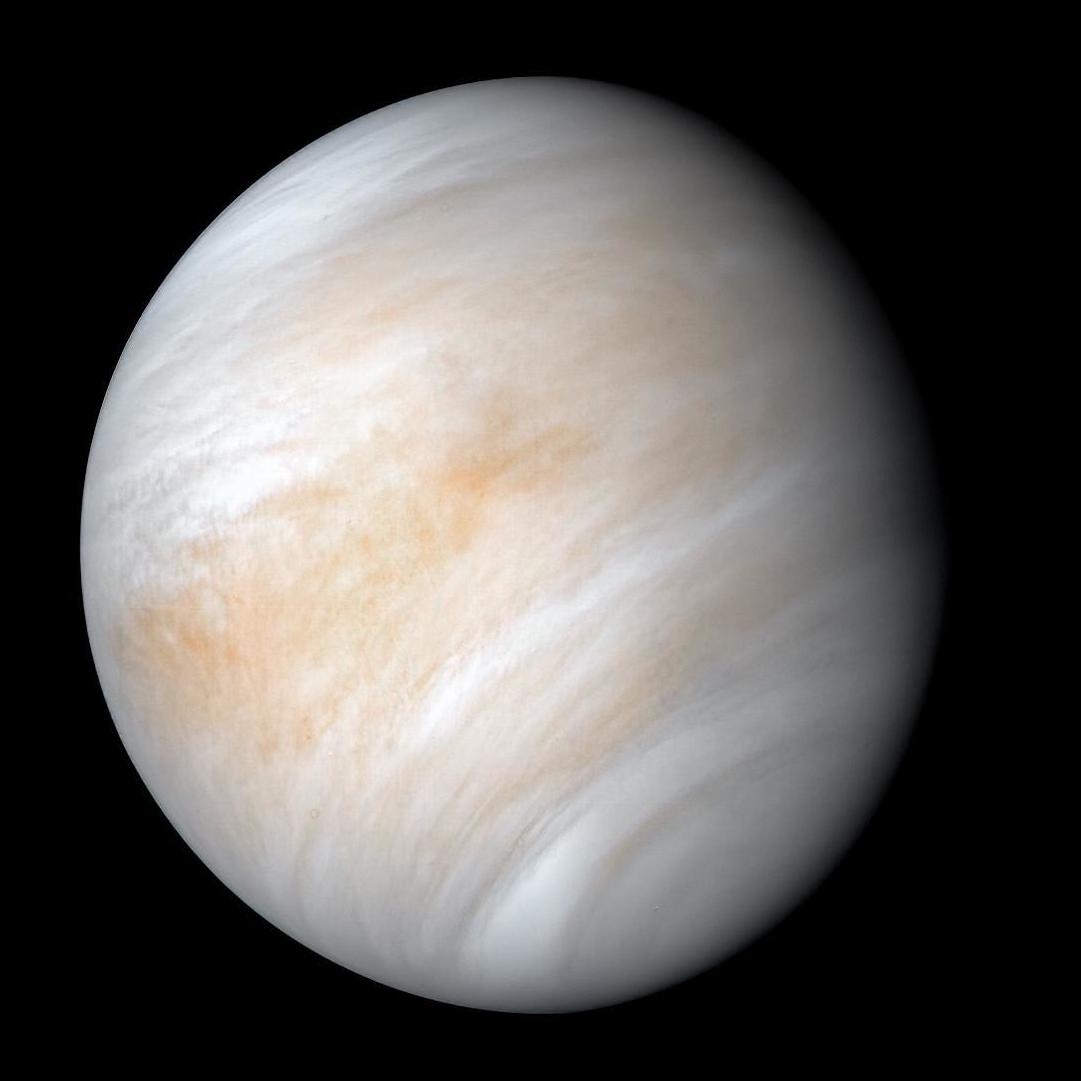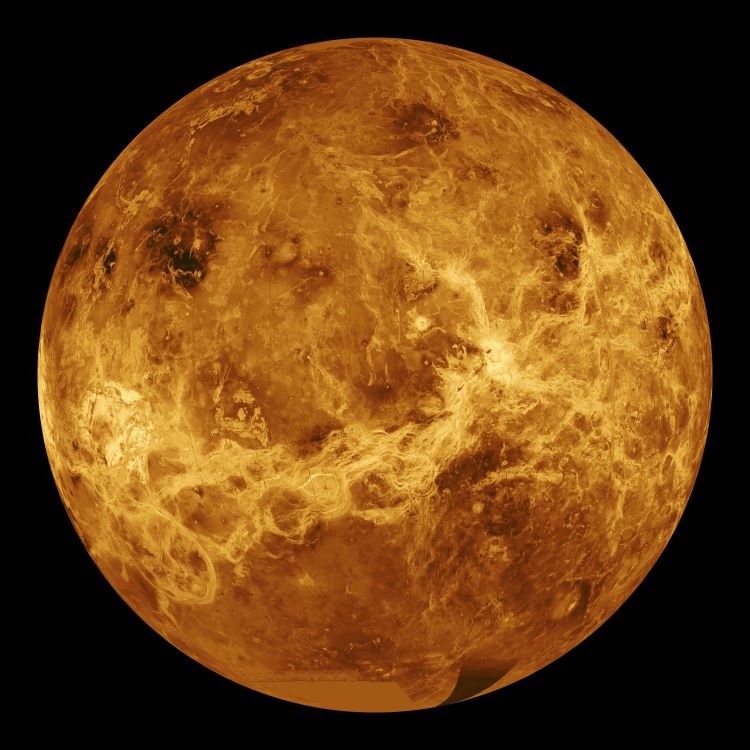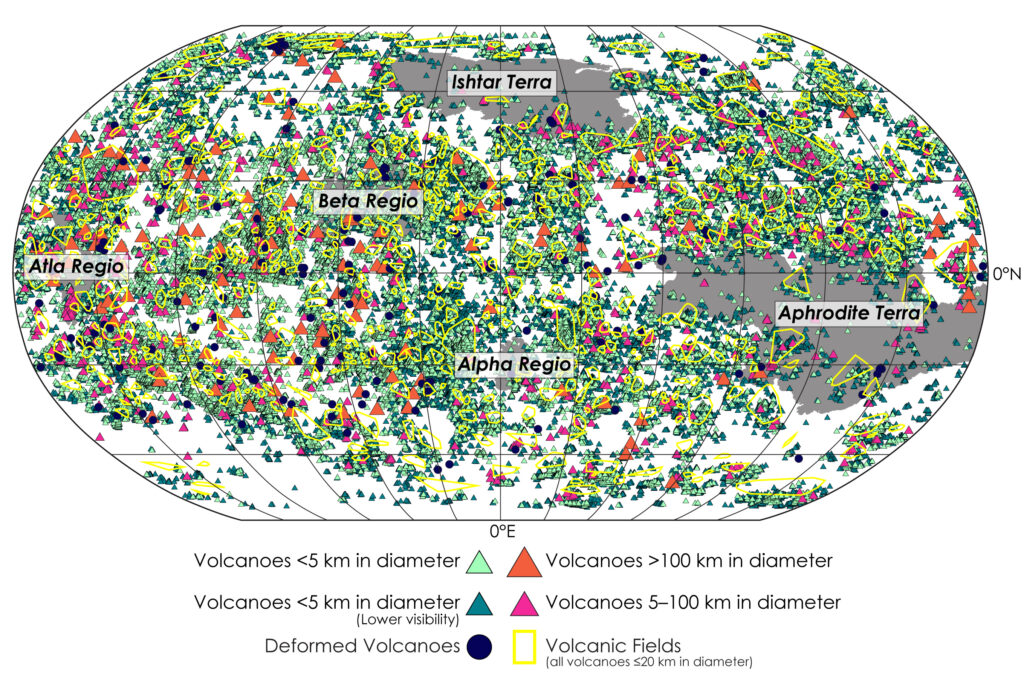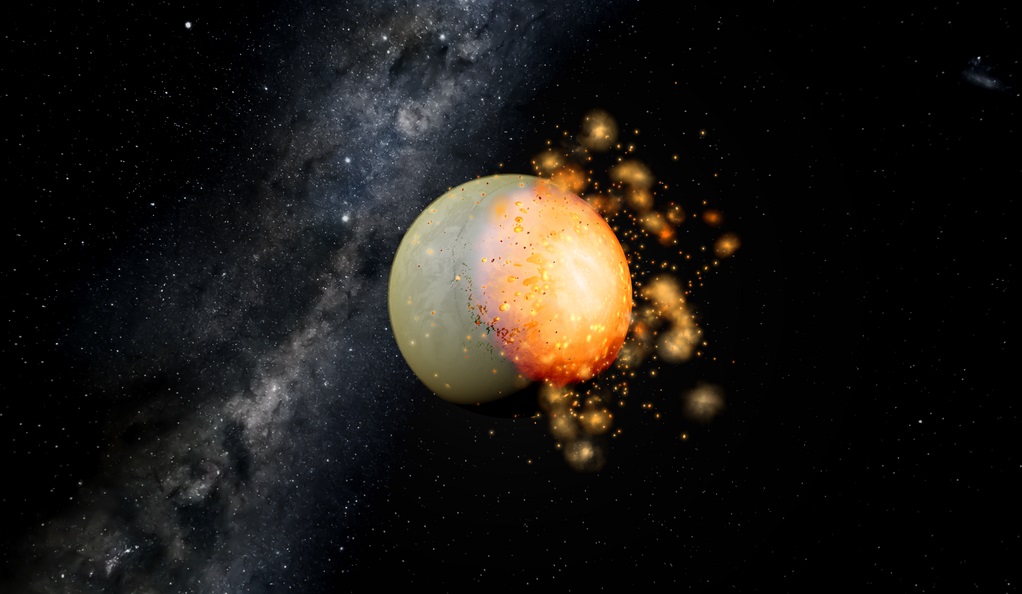We reported before about a NIAC-funded project known as the Lofted Environment and Atmospheric Venues Sensors (LEAVES) mission to study Venus’ atmosphere. While the technology behind the idea is still under development, it has already inspired a team of Worcester Polytechnic Institute (WPI) undergraduates to develop a supporting satellite mission to launch and communicate with the leaves. Their paper, part of their B.S. Thesis, details how to use these new sensors and the challenges ahead.
Continue reading “How to Deploy and Talk To LEAVES on Venus”Planets Without Plate Tectonics Could Still Be Habitable
It has been thought that the existence of plate tectonics has been a significant factor in the shaping of our planet and the evolution of life. Mars and Venus don’t experience such movements of crustal plates but then the differences between the worlds is evident. The exploration of exoplanets too finds many varied environments. Many of these new alien worlds seem to have significant internal heating and so lack plate movements too. Instead a new study reveals that these ‘Ignan Earths’ are more likely to have heat pipes that channel magma to she surface. The likely result is a surface temperature similar to Earth in its hottest period when liquid water started forming.
Continue reading “Planets Without Plate Tectonics Could Still Be Habitable”Venus is Important. We Should Take its Exploration Seriously.
When it comes to exploring our planetary neighbours, Mars tends to get a lot of the attention. For one thing its easier to explore as the environment is far less hostile than other planets but it also offers the tantalising possibility of finding evidence of primitive life, past or present! Venus however is still a fascinating world and perhaps one that gives us a glimpse into our future if we don’t do something to check global warming. A team of scientists are proposing an official Venus Exploration Program for NASA similar to the existing Mars program.
Continue reading “Venus is Important. We Should Take its Exploration Seriously.”Is There Seismic Activity on Venus? Here’s How We Could Find Out

Venus is often referred to as Earths twin but size and mass are the only similarities. A visitor to one of our nearest neighbours would experience a very different world at the surface. Unlike other planets in the Solar System, Venus seems to show very little active volcanism. The environmental conditions on the surface are harsh so a researcher has suggested a combination of an orbiter, a balloon and a lander would be able to work together to detect seismic activity under the surface.
Did Powerful Asteroid Impacts Make Venus So Different From Earth?
Venus and Earth have several things in common. Both are terrestrial planets composed of silicate minerals and metals that are differentiated between a rocky mantle and crust and a metal core. Like Earth, Venus orbits within our Sun’s circumsolar habitable zone (HZ), though Venus skirts the inner edge of it. And according to a growing body of evidence, Venus has active volcanoes on its surface that contribute to atmospheric phenomena (like lightning). However, that’s where the similarities end, and some rather stark differences set in.
In addition to Venus’ hellish atmosphere, which is about 100 times as dense as Earth’s and hot enough to melt lead, Venus has a very “youthful” surface. Compared to other bodies in the Solar System (like Mercury, the Moon, and Mars), Venus’ surface retains little evidence of the many bolides impacts it experienced over billions of years. According to new research from the Southwest Research Institute (SwRI) and Yale University, this may result from bolide impacts that provided a high-energy, rejuvenating boost to the planet in its early years.
Continue reading “Did Powerful Asteroid Impacts Make Venus So Different From Earth?”Venus has Clouds of Concentrated Sulfuric Acid, but Life Could Still Survive

The surface of Venus is like a scene from Dante’s Inferno – “Abandon all hope, ye who enter here!” and so forth. The temperature is hot enough to melt lead, the air pressure is almost one hundred times that of Earth’s at sea level, and there are clouds of sulfuric acid rain to boot! But roughly 48 to 60 km (30 to 37.3 mi) above the surface, the temperatures are much cooler, and the air pressure is roughly equal to Earth’s at sea level. As such, scientists have speculated that life could exist above the cloud deck (possibly in the form of microbes) as it does on Earth.
Unfortunately, these clouds are not composed of water but of concentrated sulfuric acid, making the likelihood that life could survive among them doubtful. However, a new study led by scientists from the Massachusetts Institute of Technology (MIT) reveals that the basic building blocks of life (nucleic acid bases) are stable in concentrated sulfuric acid. These findings indicate that Venus’ atmosphere could support the complex chemistry needed for life to survive, which could have profound implications in the search for habitable planets and extraterrestrial life.
Continue reading “Venus has Clouds of Concentrated Sulfuric Acid, but Life Could Still Survive”The Clouds of Venus Could Support Life
A recent study published in Astrobiology examines the likelihood of the planet Venus being able to support life within the thick cloud layer that envelopes it. This study holds the potential to help us better understand how life could exist under the intense Venusian conditions, as discussions within the scientific community about whether life exists on the second planet from the Sun continue to burn hotter than Venus itself.
Continue reading “The Clouds of Venus Could Support Life”Did Life Need Plate Tectonics to Emerge?

It’s widely accepted that Earth’s plate tectonics are a key factor in life’s emergence. Plate tectonics allows heat to move from the mantle to the crust and plays a critical role in cycling nutrients. They’re also a key part of the carbon cycle that moderates Earth’s temperature.
But new research suggests that there was no plate tectonic activity when life appeared sometime around 3.9 billion years ago. Does this have implications for our search for habitable worlds?
Continue reading “Did Life Need Plate Tectonics to Emerge?”If You’re Going to Visit Venus, Why Not Include an Asteroid Flyby Too?

A recent study submitted to Acta Astronautica examines the prospect of designing a Venus mission flight plan that would involve visiting a nearby asteroid after performing a gravity assist maneuver at Venus but prior to final contact with the planet. The study was conducted by Vladislav Zubko, who is a researcher and PhD Candidate at the Space Research Institute of the Russian Academy of Science (RAS) and has experience studying potential flight plans to various planetary bodies throughout the solar system.
Continue reading “If You’re Going to Visit Venus, Why Not Include an Asteroid Flyby Too?”We Now Have a Map of all 85,000 Volcanoes on Venus

A new map created with decades-old radar imagery from NASA’s 1990’s Magellan mission shows the locations of a whopping 85,000 volcanoes on Venus. The detailed map displays where the volcanoes are, how they’re clustered, and how their distributions compare with other geophysical properties of the planet such as crustal thickness.
This comprehensive study of Venus will help planetary scientists answer many outstanding questions about the planet’s geological history, such as why doesn’t it have plate tectonics like Earth? Was it ever habitable, and if so, for how long?
Continue reading “We Now Have a Map of all 85,000 Volcanoes on Venus”




